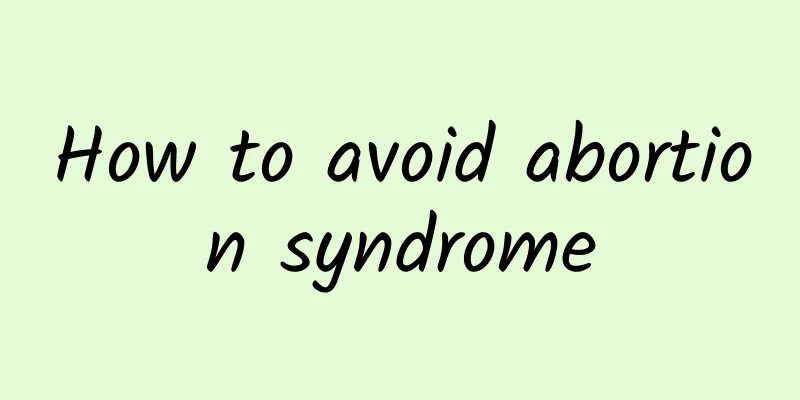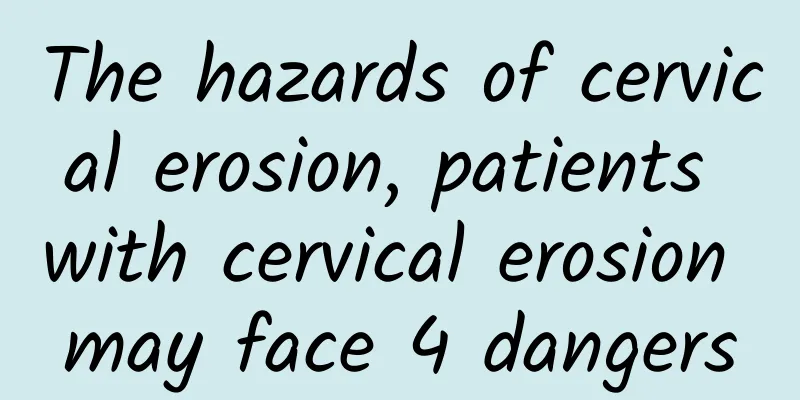Chronic pelvic inflammatory disease is also called sequelae of pelvic inflammatory disease

|
Pelvic inflammatory disease, or pelvic inflammation, refers to inflammation of the female pelvic reproductive organs, the connective tissue around the uterus, and the pelvic peritoneum. Chronic pelvic inflammation is often caused by incomplete treatment of the acute phase. It takes a long time to develop and is a stubborn disease. Bacteria retrogradely infect the uterus and fallopian tubes and reach the pelvic cavity. But in real life, not all women will suffer from pelvic inflammatory disease, only a few will. This is because the female reproductive system has a natural defense function that can resist bacterial invasion under normal circumstances. Pelvic inflammatory disease will only occur when the body's resistance is reduced or the natural defense function of women is destroyed due to other reasons. Sequelae of pelvic inflammatory disease refers to a series of sequelae caused by pelvic inflammatory disease that is not treated promptly and correctly. In the past, it was mostly called chronic pelvic inflammation. In the past decade, literature and textbooks have abandoned this term and replaced it with sequelae of pelvic inflammatory disease, which are generally divided into short-term and long-term sequelae. Short-term sequelae include perihepatitis, salpingitis, ovarian abscess, etc. The incidence of long-term sequelae is about 25%, mainly including infertility, ectopic pregnancy, chronic pelvic pain, etc. Short-term sequelae of pelvic inflammatory disease patients include perihepatitis (Filipino-Kohl syndrome), tubo-ovarian abscesses, and rare death. Long-term sequelae include infertility, ectopic pregnancy, and chronic pelvic pain. Sequelae of PID are related to whether PID can be diagnosed and effectively treated early, to "asymptomatic" or "hidden" PID, and to the number of PID attacks. Foreign literature reports that none of the patients with clinical PID symptoms treated within 2 days of symptom onset developed infertility. Another report found that the probability of infertility in patients treated 3 days after symptom onset was higher than that in patients treated within 3 days (19.7%: 8.3%). In summary, the concept and diagnosis of chronic pelvic inflammatory disease are relatively vague. The chronic pelvic inflammatory disease previously diagnosed in China may include atypical or latent PID and recurrent PID, or may include PID sequelae or both. If the concept of chronic pelvic inflammatory disease in China continues, it may continue to lead to misdiagnosis and delayed treatment of a large part of PID, thus leading to the occurrence of PID sequelae. |
<<: What are the symptoms of pelvic inflammatory disease?
>>: Treatment of gynecological diseases pelvic inflammatory disease affects life expectancy
Recommend
What are the causes of irregular menstruation? Can I still have children if I have irregular menstruation?
What should I do if I have irregular menstruation...
What should I do if a 12-year-old girl has irregular menstruation?
Irregular menstruation in 12-year-old girls may b...
Hula hoop slimming and body shaping technique to easily slim down your waist
This time we will write a report about Sugano'...
How much hcg is considered an ectopic pregnancy
There is no exact limit in medicine on the amount...
What should I do if my menstruation is not clean after medical abortion?
What should I do if my menstruation is not clean ...
What to do about premature ovarian failure
What to do if you have premature ovarian failure?...
How to treat polycystic ovary?
Polycystic ovarian disease can be unilateral or b...
How long does it take to cure chronic pelvic inflammatory disease?
How long does it take to heal chronic pelvic infl...
Early detection of vaginitis symptoms is important
The anatomical characteristics of the female vagi...
Is it expensive to treat bacterial vaginosis?
The cost of treatment in different hospitals is a...
What to do with severe cervical erosion, daily care methods for cervical erosion
Many women will develop a series of gynecological...
What should I do if I have a miscarriage? You can learn more about it through the following content.
Once a woman becomes pregnant, except for the ide...
Explain to you the precautions of visual flow
There are various ways to perform abortion, but t...
Does severe cervical erosion affect female pregnancy? Eight precautions for severe cervical erosion
Women suffering from cervical erosion should rece...
Back pain: Beware of uterine fibroids
Will uterine fibroids cause back pain? Many patie...









